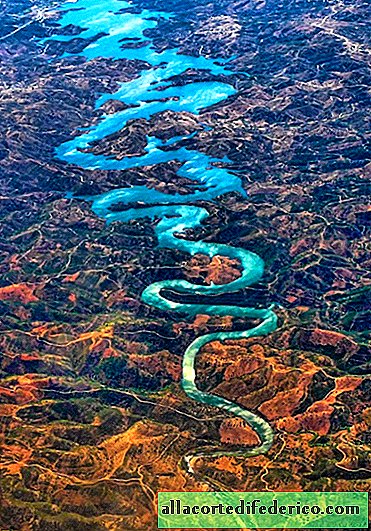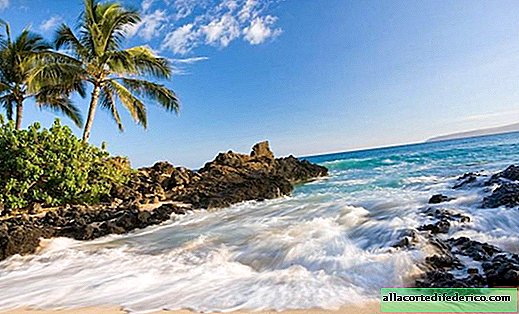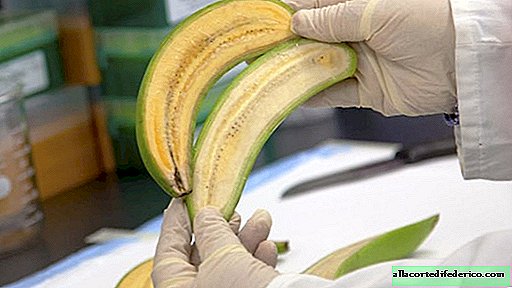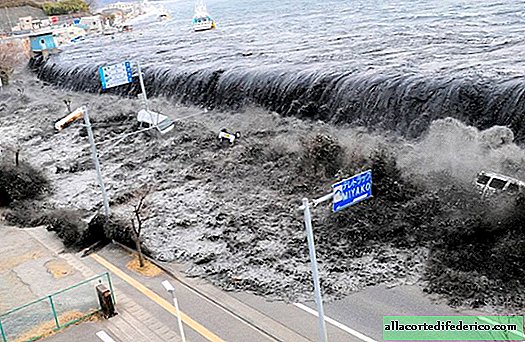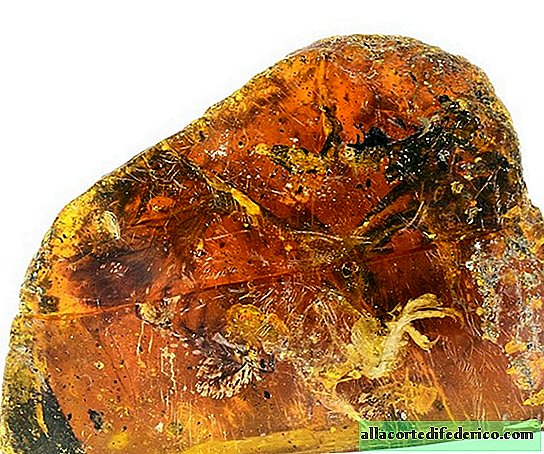What the "main spirit of the Volga" spoke about - the pliosaurus found on the river bank
In dinosaur times, gigantic creatures conquered not only land, but also air and water. And as usually happens, the last element is still the most unconquered by paleontologists (the diversity of life in the ocean today is the main scientific mystery). Ancient inhabitants of the deep sea are found all over the world, and one of the recent finds on the right bank of the Volga opened the veil of secrecy over the fate of the Pliosaurs - giant aquatic reptiles-predators of the Jurassic period.
Islands instead of Europe
Pliosaurs are a special species of plesiosaurs, predatory creatures that have lived on Earth for 135 million years and are considered one of the most long-lived aquatic mammals and certainly the most diverse. Plesiosaurs have an unusual body shape, unlike other marine vertebrates: with four large flippers, a strong skull and a very long neck. Pliosaurs are a special kind of plesiosaur with a large (up to 2 meters) skull, huge teeth and extremely powerful jaws, which makes them the highest predators of the oceans during the "era of dinosaurs".
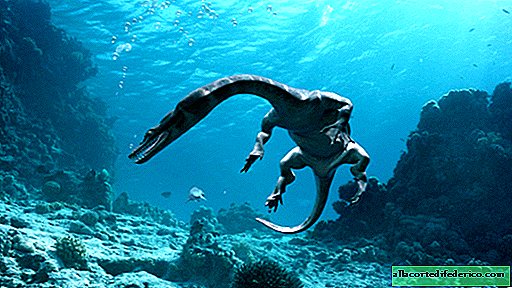
About 130 million years ago, Europe was a multitude of islands divided by small shallow straits. At the same time, Russia and Scandinavia were one large island with an arid climate, which is why deserts and semi-deserts remained in these places. Apparently, there was also not enough fresh water then, and during hot periods the water bodies turned from shallow salt puddles. Under such conditions, the pliosaurus lived, the remains of which were found on the right bank of the Volga.
Dolphin Skull Spirit
The find was named Luskhan itilensis, which can be translated from Turkic languages as "the main spirit of the Volga". The skull of the new species has a length of about 1.5 meters, which indicates the large size of the animal itself - up to 6.5 meters. Moreover, the skull is very narrow and similar to the skulls of ancient river dolphins that fed on fish. This is the most striking feature of the "spirit", because it indicates that the pliosaurs were able to occupy much more ecological niches than previously thought.

In other words, with a change in diet, they were able to develop in themselves anatomical features that helped to adapt to new conditions. This explains the fact that the Pliosaurs managed to survive a great extinction at the border of the Triassic and Jurassic periods and stretched over hundreds of millions of years, finally disappearing just a few tens of millions of years before the complete disappearance of dinosaurs.

